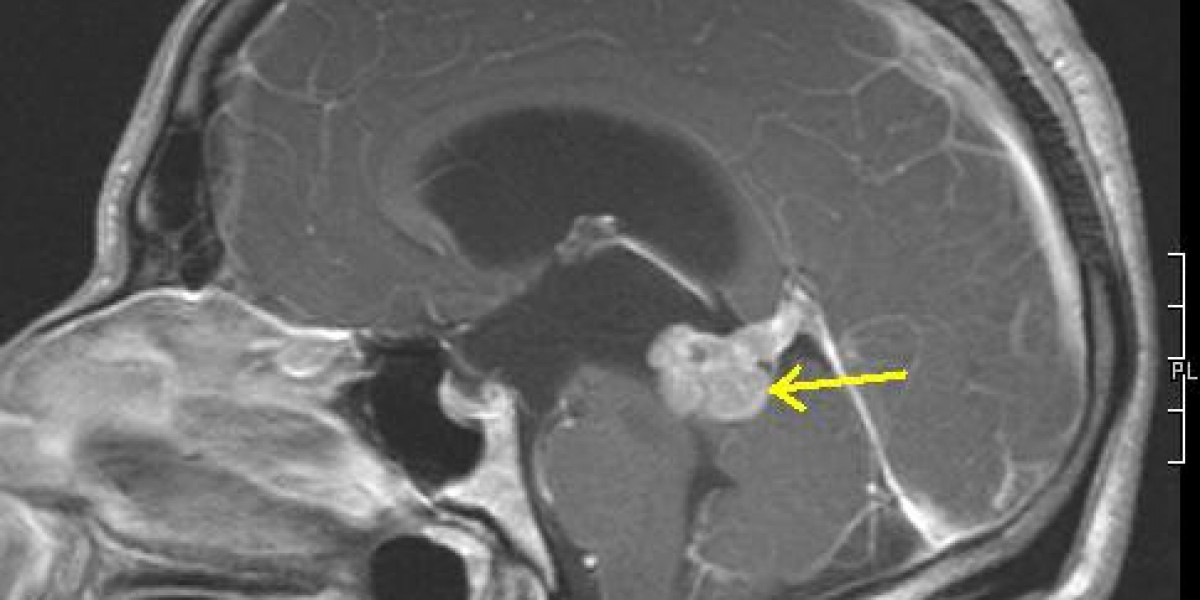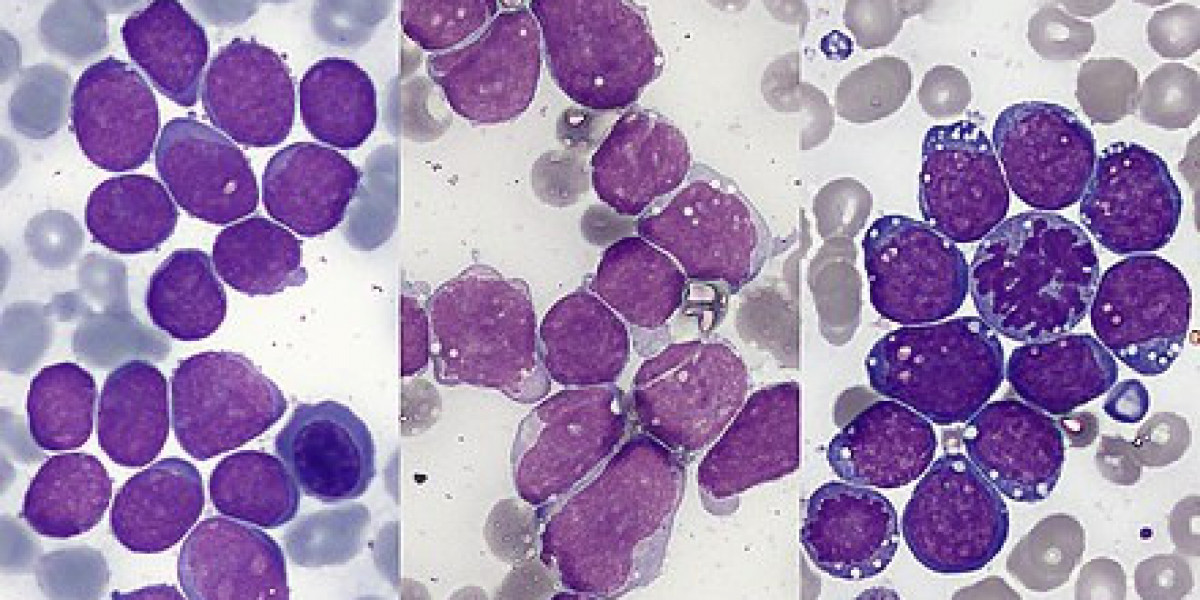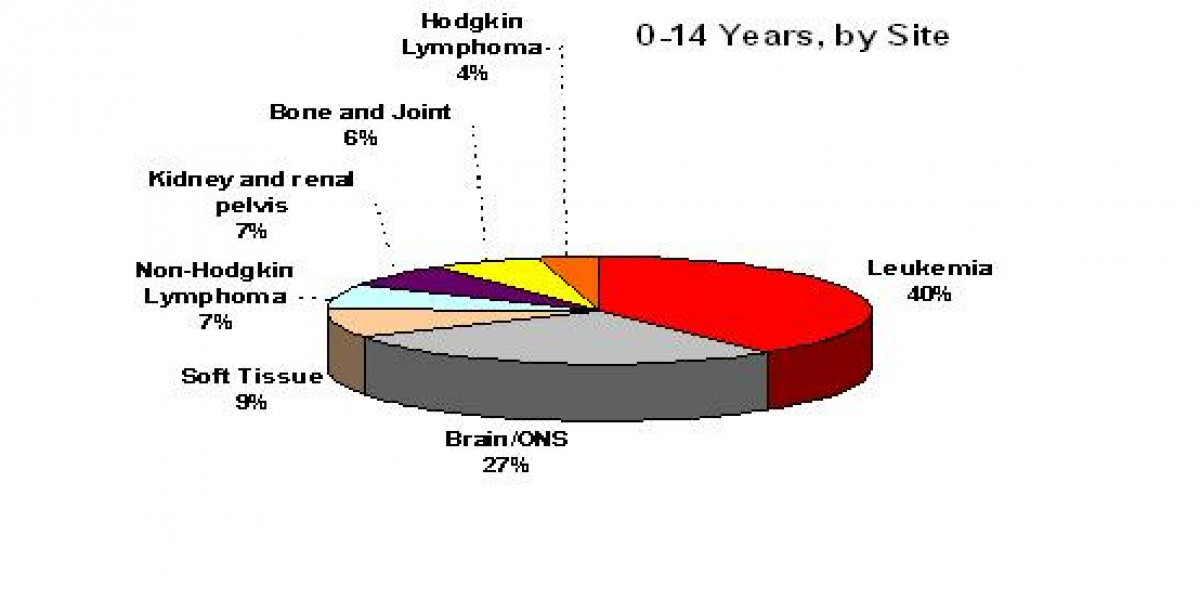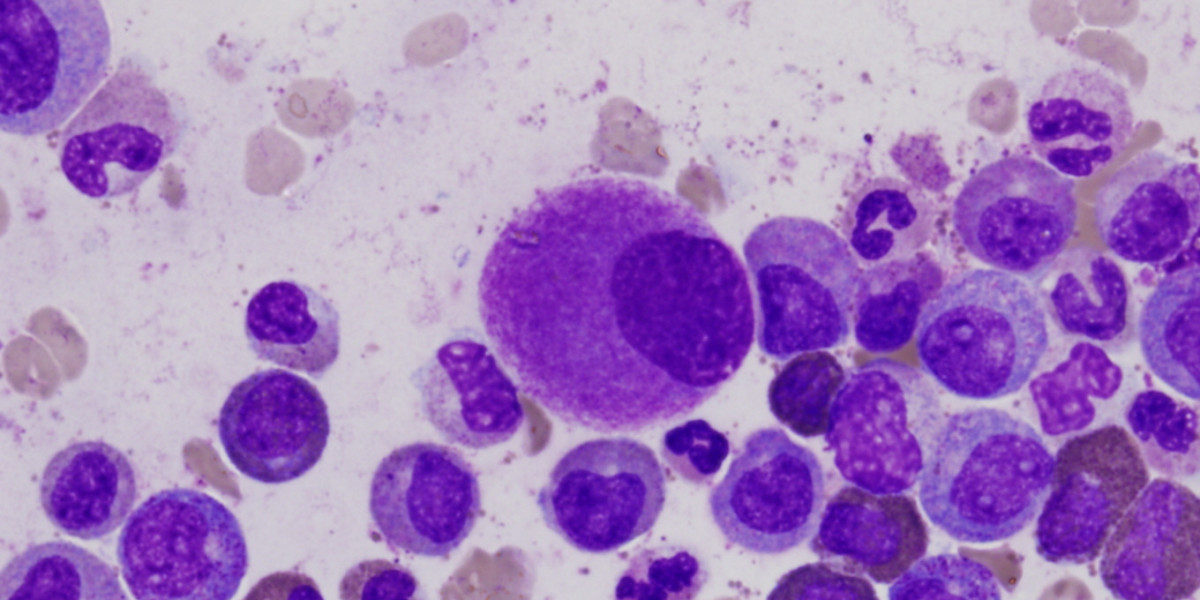News>New breast cancer drugs and treatment combinations show promise across subtypes | ASCO 2025
Four studies offer potential new ways to treat certain breast cancers with better outcomes
At this year’s American Society forClinicalOncologyannual meeting, researchers shared promising new treatment options for early-stageas well as advanced ormetastaticbreast cancer. Below we share four highlights — a new drug, new combination therapies, and dosing changes — that are poised to offer better outcomes than current standard therapies for people with breast cancer.
Newtargeted therapy: Vepdegestrant
Type of medication:Proteolysis-targeting chimera (PROTAC)estrogen receptordegrader (a new type of drug)
How it’s used:To treat advancedER+/HER2-negative breast cancer withESR1 mutationpreviously treated with a CDK 4/6 inhibitor
How it’s different:Vepdegestrant is a newmedicinetaken daily as a pill. It works by targeting and binding two molecules, ultimately breaking downestrogenreceptors.
What the study found:Vepedegestrant delayed cancer growth or spread longer thanfulvestrantin people with advanced ER+, HER2- breast cancer with the ESR1mutation(an average of 5 months vs. 2.1 months). At six months, twice as many people receiving vepedegestrant did not have cancer growth or spread compared tofulvestrant(45.2% vs. 22.7%). The benefit was only seen in people with ESR1 mutations.
Side effects:Vepdegestrant was well-tolerated. Only 3% of people stopped taking the drug due to side effects, and only 2% needed a lowerdose. The most commonside effectswerefatigue, elevated liver levels, andnausea.Vomitinganddiarrheawere rare.
Study details:VERITAC-2, a phase 3, randomized trial, enrolled 624 people with advanced ER+, HER2-negative breast cancer from 213 health care sites in 25 countries. All participants had prior treatment withhormonal therapyand a CDK 4/6 inhibitor. They had not hadchemotherapy.
Key takeaway:This study will likely lead toFDAapproval of a new drug option for previously treated, advanced, ER+, HER2-negative breast cancer with ESR1 mutation. We do not yet know how doctors will decide when to use this drug versus other options such aselacestrant.
CombinationTherapy:Sacituzumab govitecan(Trodelvy) andpembrolizumab(Keytruda)
Type of medication:Combination of antibody-drug conjugate (ADC) TROP-2 directedtargeted therapyand checkpoint inhibitorimmunotherapy
How it’s used:First treatment foradvanced triple-negative breast cancerthat tests positive for PD-L1
How it’s different:This study is the first to test an ADC/checkpoint inhibitor combination therapy for untreated, PD-L1+, advancedtriple-negative breast cancer(TNBC).
What the study found:The combination of sacituzumab plus pembrolizumab resulted in longer time without cancer growth thanchemotherapyplus pembrolizumab (11.2 months vs. 7.8 months). When tumors shrank or disappeared, the effect lasted 7.3 months longer with the new combination. The early data also suggest a possible benefit for overall survival.
Side effects:Side effectswere common, with one-third of participants reporting at least one moderate or severeside effect. Giving the two drugs together did not result in any new or worse side effects than either alone. Over half of people receiving SG/pembro experiencedneutropenia,nausea,fatigue,hair loss, ordiarrhea, with 43% having moderate to severeneutropeniaand 10% reporting moderate to severediarrhea.
Study details:The international ASCENT-04/KEYNOTE-D19 phase 3randomized clinical trialenrolled 442 people with PD-L1+ advanced TNBC who had never been treated for TNBC or were at least six months past treatment for early-stage disease. They were randomized to receive either sacituzumab govitecan plus pembrolizumab orchemotherapyplus pembrolizumab. They were followed for an average of 15 months at the time of this report.
Key takeaway:The combination of SG plus pembrolizumab may soon become the standard first treatment for PD-L1+ advanced TNBC.
Therapy:Abemaciclib(Verzenio)
Type of medication:CDK 4/6 Inhibitor
How it’s used:To treatadvancedandhigh-risk, early-stage HR+, HER2- breast cancer (taken with estrogen therapy)
How it’s different:Abemaciclib is an effective treatment for high-risk, early-stagehormone-receptorpositive, HER2-negative breast cancer yet people often stop taking the drug early on due to side effects such as diarrhea. This study tests a gradual dosing strategy.
What the study found:This study found that starting the drug gradually over the first month reduced side effects and enabled 70.8% of people to reach the target drug dose, compared to 60% in monarchE, theclinical trialthat led to FDA approval.
Side effects:The most commonside effectsareneutropenia,diarrhea, andfatigue. Diarrhea peaked at 19.1% at eight weeks then declined. Overall, fewer people experienced milder side effects with the new dosing approach.
Study details:The phase 2 TRADE study tested a drug escalation approach in 89 people with high-risk, stage 2 or stage 3, HR+, HER2- breast cancer. Participants took a 50 mg pill for two weeks followed by a 100 mg pill for two weeks before moving to the recommended dose of 150 mg. This study looked at results at 0-4 weeks, 4-8 weeks, and 8-12 weeks.
Key takeaway:Increasing the dose gradually over the first month enabled more people to stay on the target dose of abemacicilib. Some people continued on the drug at a lower dose. Current prescribing practices may make it hard to use this approach widely. The research team hopes the drug maker will consider changing the packaging to make this easier.
Therapy:Trastuzumab deruxtecan(Enhertu) pluspertuzumab(Perjeta)
Type of medication:Combination anti-HER2 therapy
How it’s used:To treat advanced ormetastatic HER2-positive breast cancer
How it’s different:This treatment combines two anti-HER2 drugs as a first therapy for a more powerful effect.
What the study found:Trastzumab deruxtecan pluspertuzumab(T-DXd+P) reduced risk ofdisease progressionor death by 44%, compared to thestandard therapy,THP(taxaneplus trastzumab plus pertuzumab). People taking T-DXd+P went 40.7 months without cancer getting worse compared to 26.9 months with THP. Early data suggest that the dual therapy may improve overall survival too.
Side effects:Combining T-DXd and pertuzumab did not raise any new safety concerns. The most commonside effectsexperienced by people receiving T-DXd+P werenauseaanddiarrhea, followed byneutropenia,fatigue,hair loss, andvomiting. The dual therapy was more likely than THP to cause moderate to serious side effects resulting in more dose interruptions and reductions. There were six treatment-related deaths on the trial, five in the T-DXd+P group and one in the THP group.
Study details:The global DESTINY-BREAST09 phase 3 randomized trial included 1,157 people with advanced/metastatic HER2-positive breast cancer. The trial included people with bothhormone receptor-positive and hormone receptor-negative breast cancers, as well asasymptomaticbrain metastases. T-DXd+P was more effective across subgroups.
Key takeaway:Trastzumab deruxtecan plus pertuzumab may become the new standard first therapy for advanced HER2+ breast cancer. Questions remain about dosing, length of time on therapy, and whether everyone needs to receive the very strong drug combination up front.
Recently diagnosed
Receiving a breast cancer diagnosis can be disorienting. Learning about your diagnosis and treatment options can bring a greater feeling of control.
Tests for metastatic breast cancer
Many different tests can be involved in a metastatic breast cancer diagnosis. These tests can confirm the extent of the cancer and determine the most effective treatments.
Circulating tumor cell (CTC) tests
Circulating tumor cell (CTC) tests can help monitor whether treatment is working or if breast cancer has metastasized.
Diagnosed with metastatic breast cancer
Hearing the words “You have metastatic breast cancer, and you will need ongoing treatment” can be traumatic. On this page, we’ll help you begin to make sense of your diagnosis, treatment options, and sources of support.
Metastatic
Metastatic breast cancer describes a type of breast cancer in which the cells have broken away from their original location to form a new tumor in different tissue or a different organ.
Living with Metastatic Breast Cancer
Living with a metastatic breast cancer diagnosis can be overwhelming, but there are many ways to adapt to your situation and find the support you need.
Hormone receptor-positive MBC
Learn more about hormone receptor-positive metastatic breast cancer, which means the stage IV breast cancer is hormone-sensitive.
Datopotamab deruxtecan
Datopotamab deruxtecan (Datroway) is approved to treat hormone receptor-positive, HER2-negative metastatic breast cancer. It is an antibody-drug conjugate, a treatment that delivers chemotherapy directly to cancer cells.
Targeted therapy for hormone receptor-positive breast cancer
Targeted therapies are treatments that target specific proteins or markers on or within cancer cells that help cancer cells grow. There are many different kinds of targeted therapy, including CDK 4/6 inhibitors.
Trastuzumab deruxtecan
Trastuzumab deruxtecan (Enhertu or T-DXd) is an antibody-drug conjugate that treats HER2-positive, HER2-low, or HER2-ultralow breast cancer that cannot be removed surgically or that has spread to another part of the body.
Our 2025 ASCO coverage
Watch our recap!
Board-certified hematologist/oncologistNan Chen, MD, shares the latest in medical breast cancer research at this year's ASCO Annual Meeting and how this news may impact you, in conversation withCaroline Koffke, RN, BSN, OCN, Director, Educational Programs of Living Beyond Breast Cancer.
Related blogs
Sign up to receive emotional support, medical insight, personal stories, and more, delivered to your inbox weekly.
We'll send support straight to your inbox.
Jamie Kudera
Tagged:
Was this page helpful?
Living Beyond Breast Cancer is a national nonprofit organization that seeks to create a world that understands there is more than one way to have breast cancer. To fulfill its mission of providing trusted information and a community of support to those impacted by the disease, Living Beyond Breast Cancer offers on-demand emotional, practical, and evidence-based content. For over 30 years, the organization has remained committed to creating a culture of acceptance — where sharing the diversity of the lived experience of breast cancer fosters self-advocacy and hope. For more information,learn more about our programs and services.
Living Beyond Breast Cancer
40 Monument Road, Suite 104
Bala Cynwyd, PA 19004
©2025 Living Beyond Breast Cancer
Originally published on The Patient Story: https://www.lbbc.org/news/new-breast-cancer-drugs-and-treatment-combinations-show-promise-across-subtypes-asco-2025








